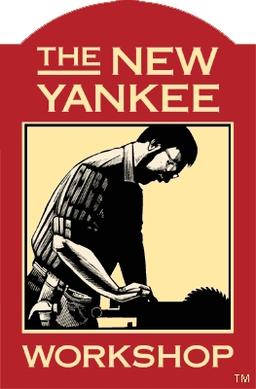

I LUKS encrypted my boot partition of my last install. It would take an extra 1-1:30 secs to boot when I got the password correct on the first attempt. Much longer if I got it wrong and had to reboot to try again.
I finally did it correctly this last build, but now I am using NixOS and refuse to add anything to the config or a flake if I just need it once a week or so. So I am constantly digging through my history to find the shell I created to do a specific task.





Man. I love that game. Still fire it up every so often. That sequel was also an early example of just how terrible a sequel can be. So disappointing.